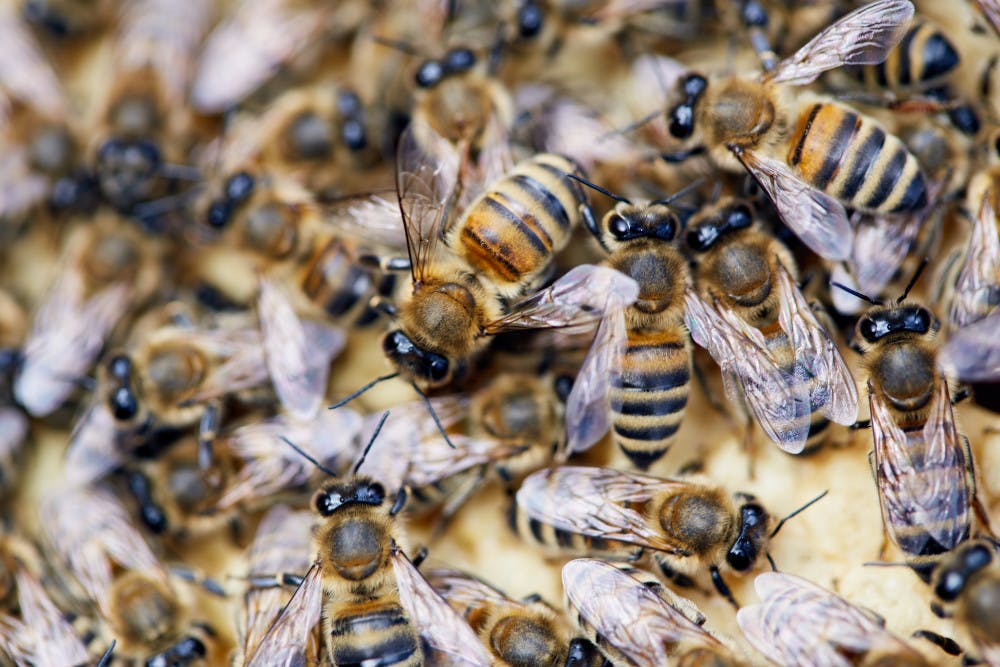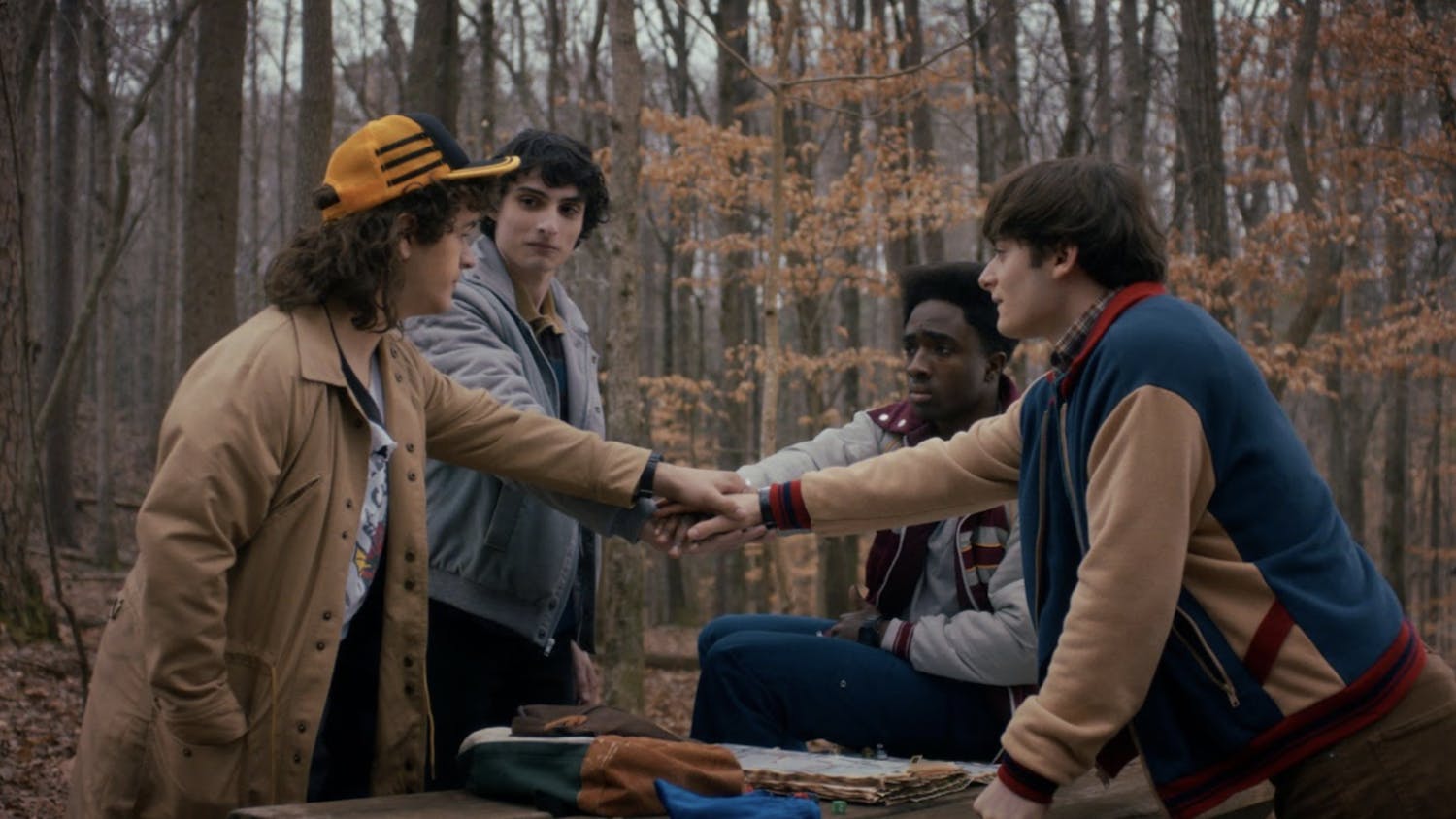By Heidi Cho
Imagine a world without potatoes, watermelons or strawberries. Beware of this world — a world without bees.
Imagine if bees went extinct due to individuals and companies underestimating the complexity of the environment.
It’s already happening, and there needs to be more awareness of the bees’ precarious situation.

Bee populations began dropping in 2006. Colony collapse disorder plagued beekeepers’ bumblebee colonies, according to the Centre for Research on Globalization.
Currently, habitat loss from pesticide use has pushed more than 700 bee species toward extinction, according the Center of Biological Diversity. Just this month, the rusty patched bumblebee officially became a critically endangered species, according to the U.S. Fish and Wildlife Service.
To bring attention to this cause, General Mills removed the mascot, Buzz the Bee, from Honey Nut Cheerios cereal boxes to create buzz around the dropping bee population. To help bring back the bees, the company advertised the fact that they would give away free packets of wildflower seeds that bees like to visit.
Cheerios gave away 1.5 billion seeds, blowing away the initial goal to give away 100 million seeds, according to the Cheerios website.
In doing so, Cheerios failed to fully think through the consequences of sending the same seed mix to different environmental regions. If you want to plant bee-friendly flowers without upsetting the environment, look at growtherainbow.com to find regionally specialized seeds.
Cheerios’s seed packets included the California poppy, which is an invasive species in Tennessee, according to the USDA Natural Resources Conservation Service. This means that the poppy could be potentially harmful to the existing plant species in Tennessee, as it does not natively grow there.
In Massachusetts, the Chinese Forget-Me-Not also included in the packet is banned and considered a noxious weed, according to the USDA Natural Resources Conservation Service.
Even though Cheerios managed to publicize the plight of the bees, the company did not factor in the complexity of the environment when deciding how to help save the honey bees.
Nature.com conducted a study that showed how honey bees, wild bees and pesticide-covered seeds interact in real life. It found that honey bees are not even the species most affected by pollutants and human activity. That title goes to solitary bees, such as those belong to the andrenidae family that burrow underground.
The American Association for the Advancement of Science studied which bees best enhance fruit crops and found that of 41 different crop systems, wild bees like those of the andrenidae family accounted for 86 percent of the increased crop yield. Commercialized bees only accounted for 14 percent.
To top it off, andrenid bees are one of the most common five families of wild bees, according to the pamphlet entitled “Bee Basics: An Introduction to Our Native Bees” published by the USDA Forest Service and Pollinator Partnership. They rarely sting and are native to America.
There are several popular misconceptions about bees that are a part of the underlying problem: a lack of concern and basic education about how the environment and food system works.
There are 4,000 different species of bees native to North America, according to “Bee Basics.”
The image of the honey bee as the most important kind of bee in America is false, as it is not even native to America, according to the USDA Forest Service.
To be better environmentalists, we shouldn’t just care about the environment and other creatures when they are on the brink of extinction. It’s important to cultivate a culture that understands our place in the environment.







